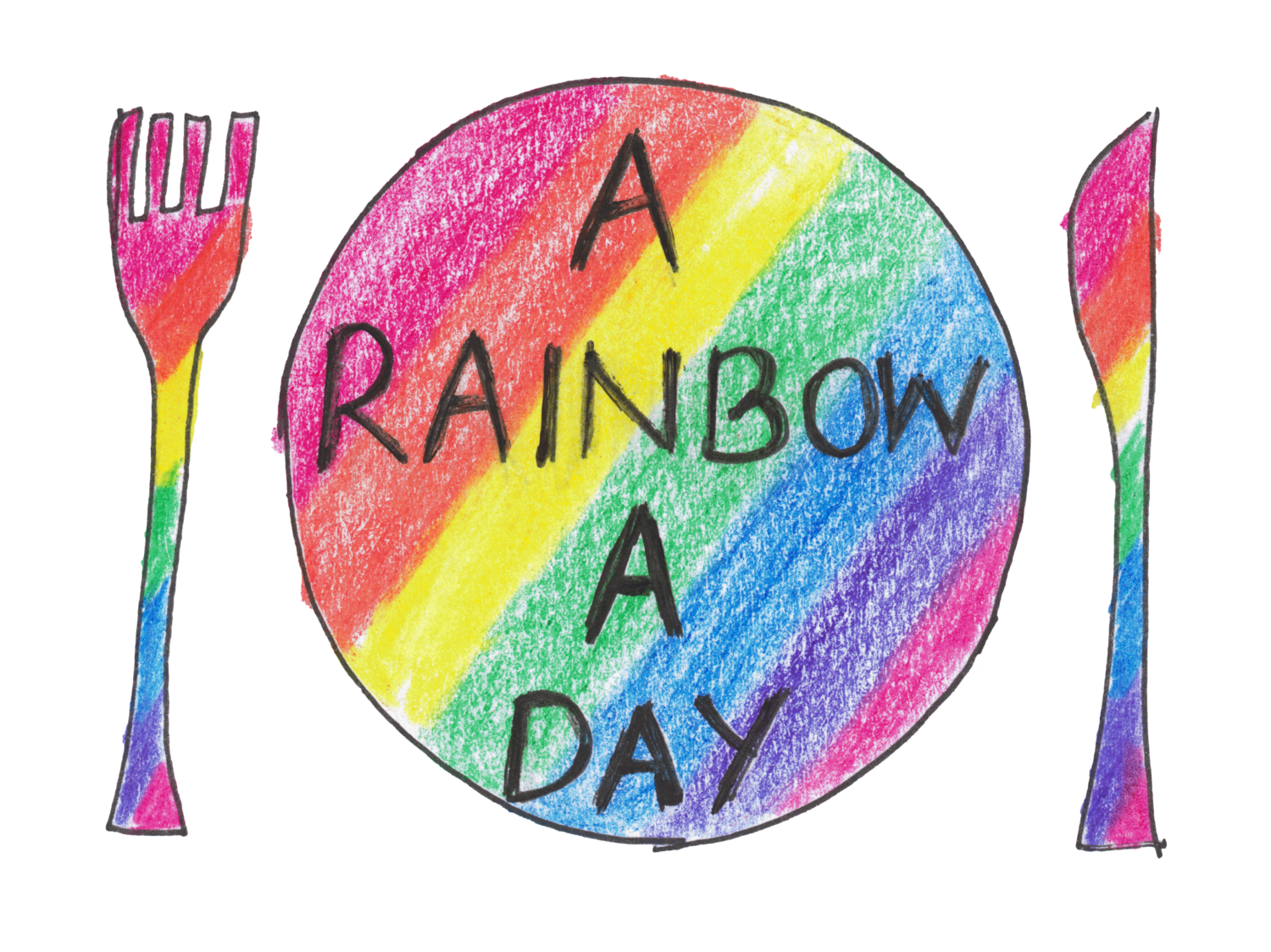the benefits of soy
Crispy tofu with butter lettuce and grapefruit
In recent years, there has been a lot of debate surrounding soy products and whether they are actually good for us (especially for women). It had been thought that the natural plant phytoestrogens found in soy caused breast cancer. I have been busy reading the current research (I consulted four different books written by doctors, scientists and researchers) and only one of them recommends staying away from soy. All of the other books agree that soy can have beneficial properties. I have listed the books at this end of this blog for those of you who want to delve in deeper into this topic. It should be noted that if you have a specific health condition or if you are undergoing cancer treatment, then it is best to consult with your doctors regarding whether soy would be beneficial for you to consume.
William Wi, MD, author of Eat To Beat Disease, debunks the negative myths surrounding soy and in fact quotes a couple of recent studies that show that soy products actually reduce the risk of breast cancer. Wi states, ‘the phytoestrogens act as antiestrogens in humans interfering with the ability of estrogen to fuel certain cancers.’ He quotes the Shanghai Breast Cancer Survival Study which studied 5,042 breast cancer survivors.
During a four-year period, the researchers from Vanderbilt University documented and correlated the amount of soy these women consumed with recurrence of and death from breast cancer….what was found was that women with the highest level of soy intake had a reduction in their risk of cancer recurrence by 32 percent. Their risk of mortality was reduced by 29 percent. This beneficial association with soy was seen regardless if they had estrogen-receptor-positive or negative breast cancer. (Eat to Beat Disease, pg. 103)
David Servan-Schreiber, MD, PhD, author of Anti Cancer A New Way of Life, also supports Wi’s research stating that, ‘soy isoflavones block the stimulation of cancer cells by sex hormones. They also intervene by blocking angiogenesis.;’ (AntiCancer A New Way of Life, pg. 122)
Wi also states that soy ‘contains potent antiangiogenic properties that can be absorbed by the human body after consumption’ (Eat to Beat Disease, pg. 101). Wi, a pioneering physician-scientist, cofounded the Angiogenesis Foundation in 1994 which focuses on the ‘common denominator shared by many diseases; angiogenesis, the process our bodies use to grow new blood vessels.’ (Eat to Beat Disease, pg. xv)
A quick summary of angiogenesis
So why is angiogenesis so important? And why do we want to eat something that has antiangiogenic properties?
Here’s a quick recap of William Li’s research and work as described in detail in Eat to Beat Disease.
Angiogenesis is the process our bodies use to grow and maintain blood vessels. Blood vessels are essential for health because they bring oxygen and nutrients to every cell in our body. Wi believes that you can optimize this defense system (among others) through the food you eat. According to Wi, the defense system that allows our bodies to intercept cancer in this way is called angiogenesis.
A healthy angiogenesis system regulates when and where blood vessels should grow and prevents tumors from recruiting a private blood supply for the oxygen they need to expand. When the body loses this ability to control blood vessels, a wide range of diseases can occur including cancer…..Angiogenesis naturally cuts off the blood supply to tumors. (Eat to Beat Disease, pg. 4)
According to Wi, ‘more than one hundred foods can enhance your body’s ability to starve cancer and keep those tumors small and harmless. Soy is one of them.’ (Eat to Beat Disease, pg. 3). Soy is considered antiangiogenic which in a nutshell means that it helps to starve the cancer of its blood supply hence prohibiting it from getting larder/spreading.
The properties of soy
Soy contains the antiangiogenic bioactive known as isoflavones. There are two types of soy products; fresh and fermented. Examples of fresh soy products would be edamame, soy milk and soy nuts. Fermented soy products include tofu, tempeh, soy sauce and miso. The latter contains a higher concentration of isoflavones than fresh products. Whenever possible, buy organic or certified non-GM0 soy products. And if possible stay away from refined soy products such as soy processed fake meat, soy bars and protein powders. These products don’t contain the whole plant and as a result they don’t provide the same nutritional value as fresh or fermented soy products.
In a nutshell…
As Robbins says in the 31-Day Food Revolution, ‘Organically grown soy products that are minimally processed can be a real contribution to a healthy diet.’ (31-Day Food Revolution, pg. 150).
Books I read that support eating soy
Li, William, MD, 2019, Eat to Beat Disease, Hachette Book Group Inc.
Robbins, Ocean, 2019, 31 Day Food Revolution, Hachette Book Group Inc.
Servan-Schreiber, David, 2009, Anti Cancer A New Way of Life, Penguin Publishing Group
Book I read that does not support eating soy
Winters, Natasha, N.D, L.Ac., FABNO and Kelly, Jess Higgins, MNT, 2017, The Metabolic Approach to Cancer, Chelsea Green Publishing

